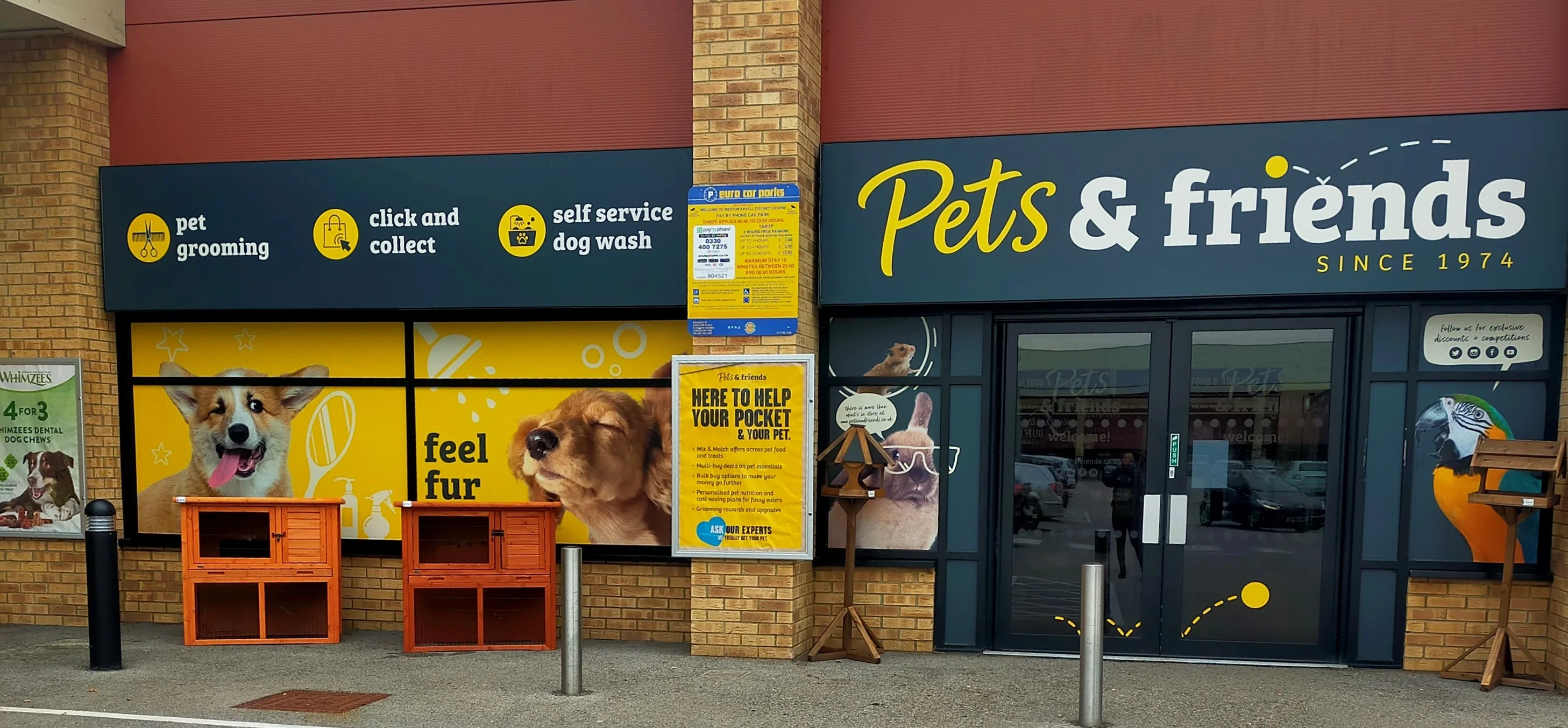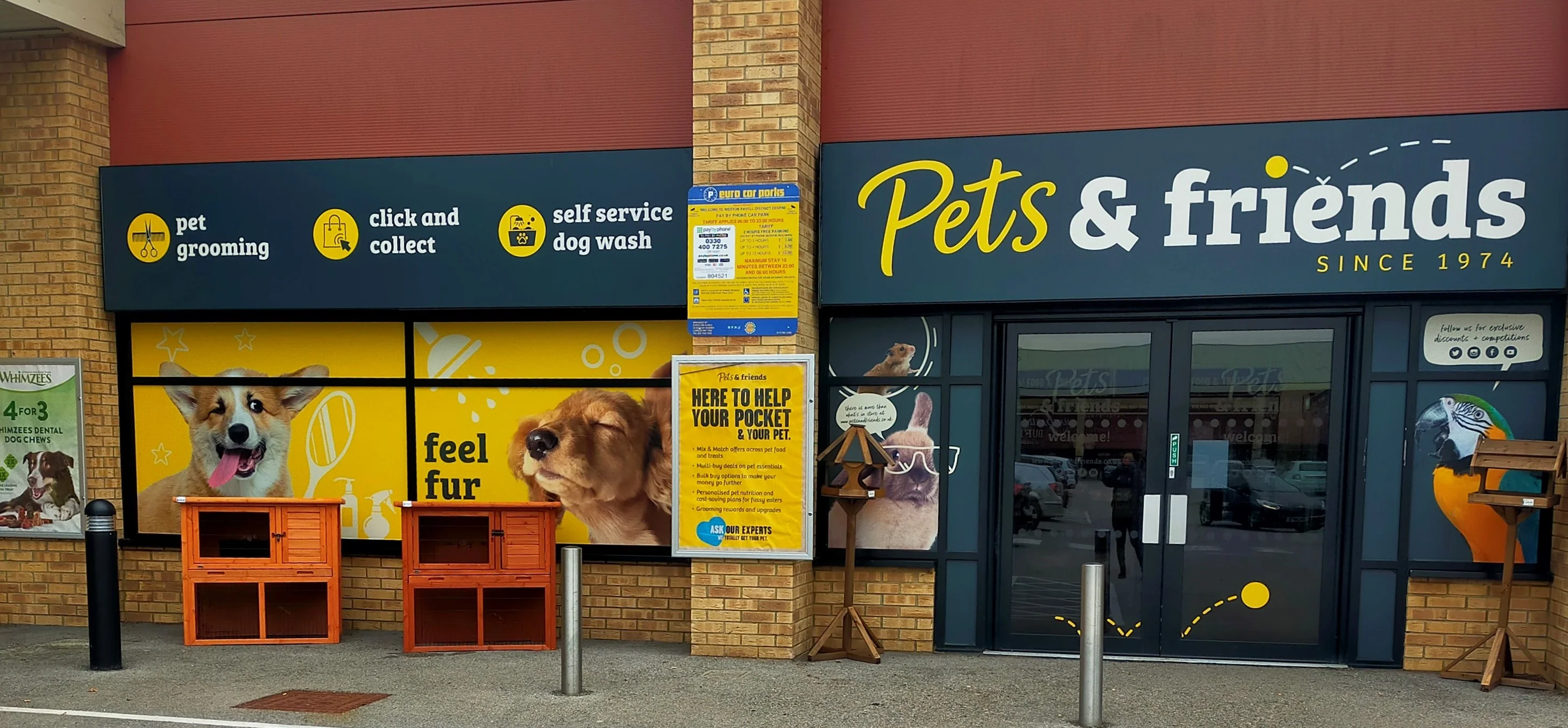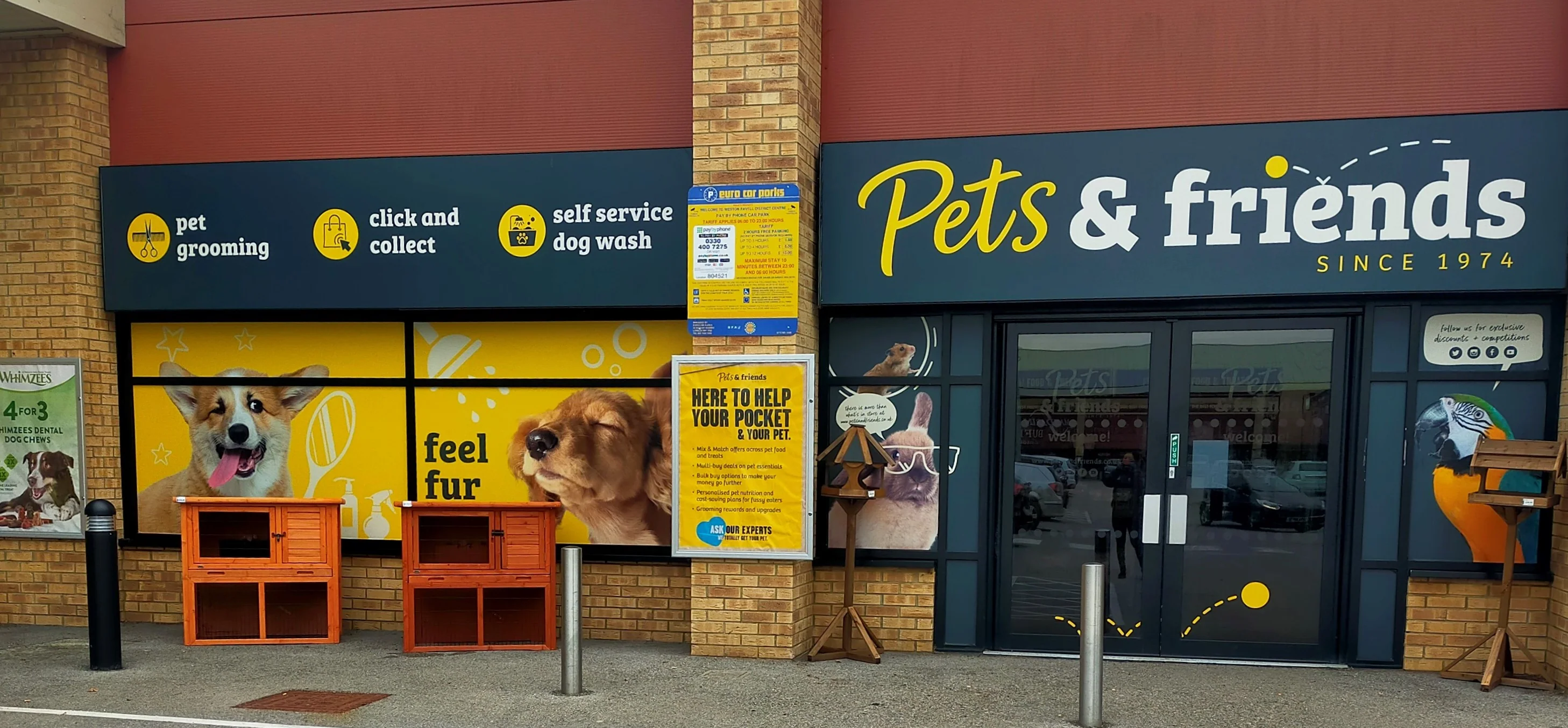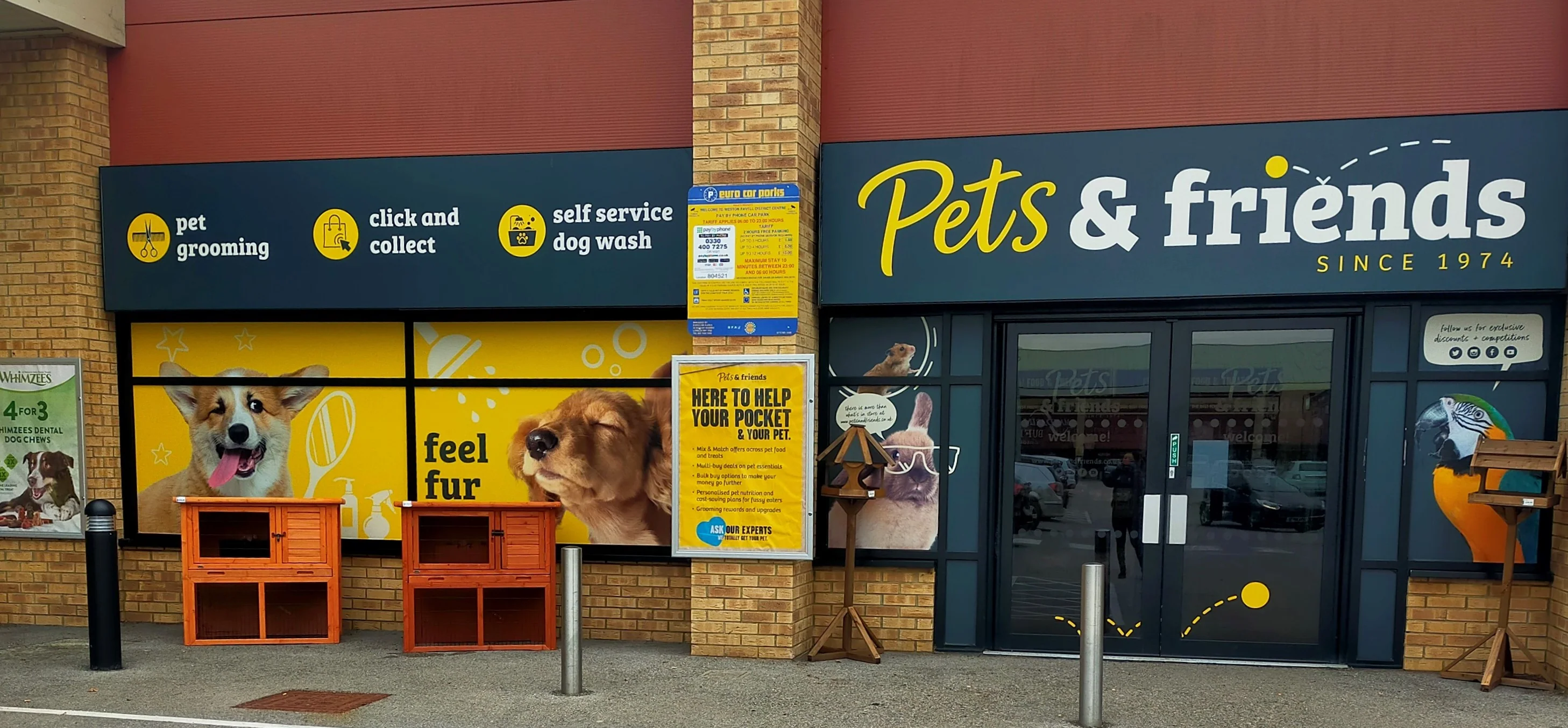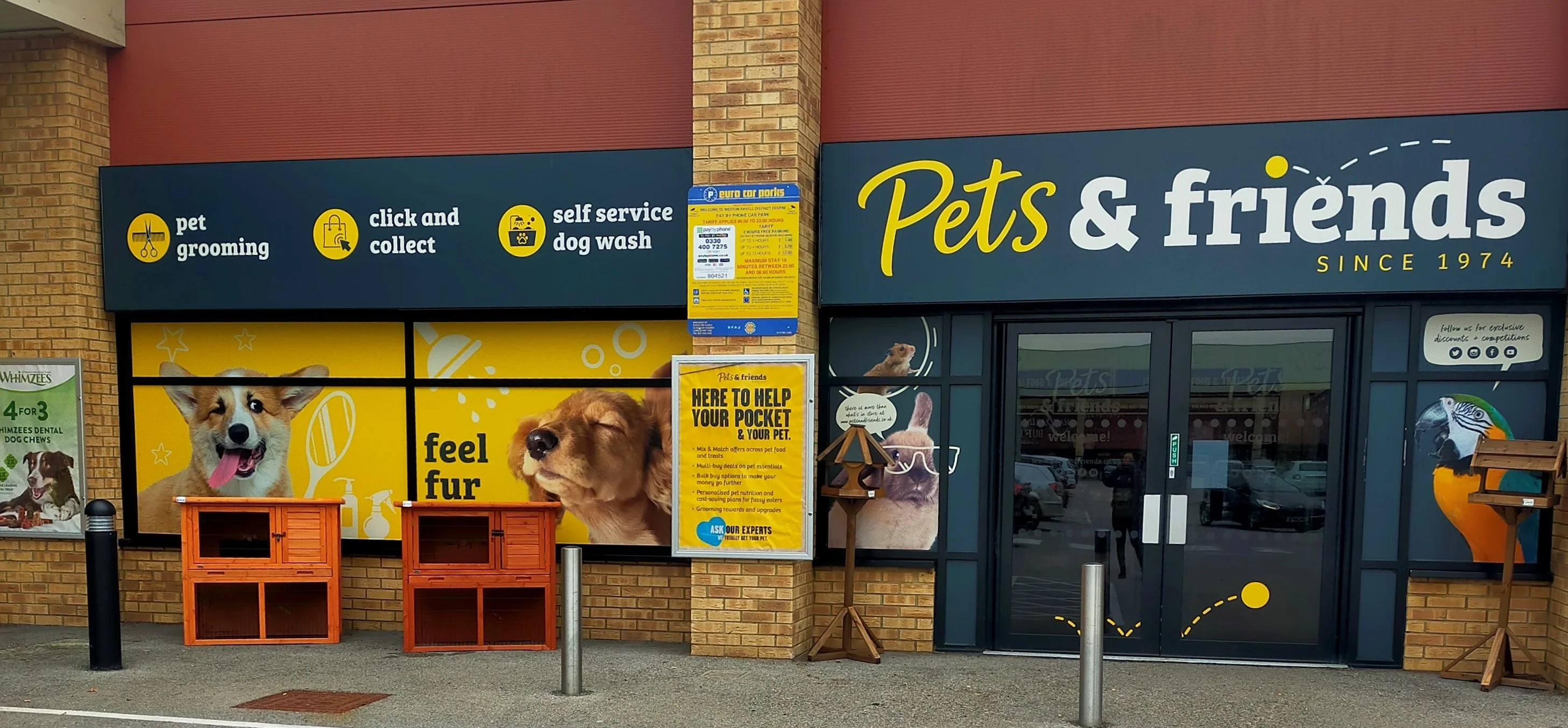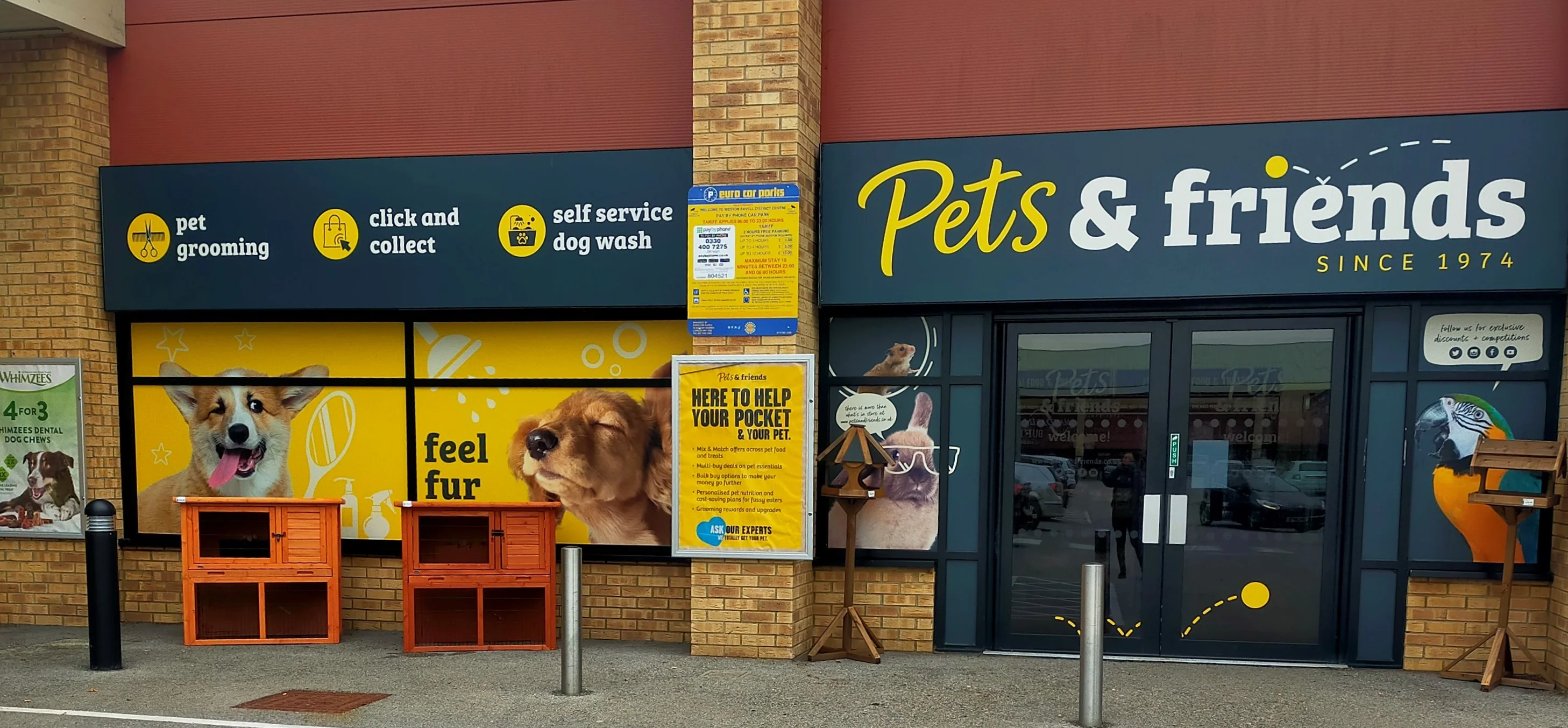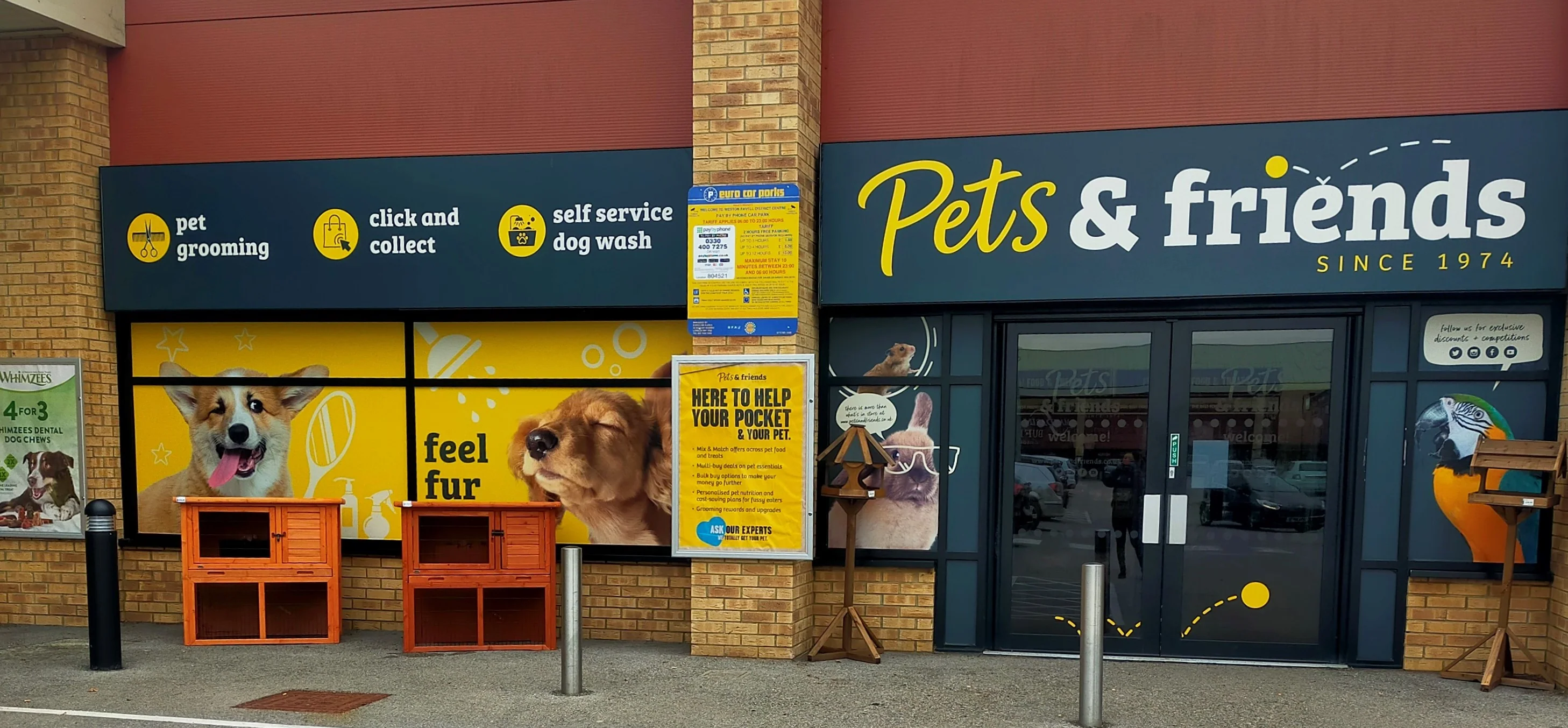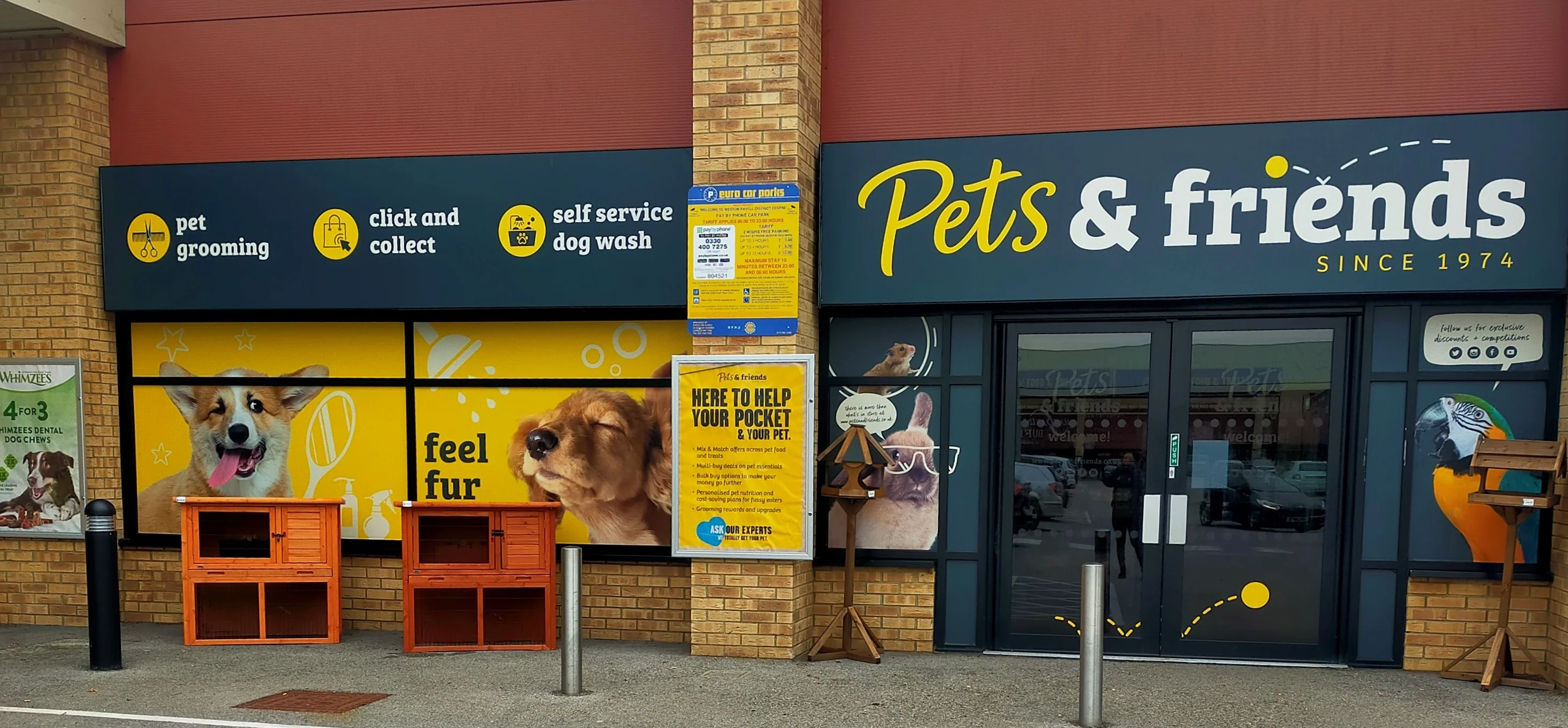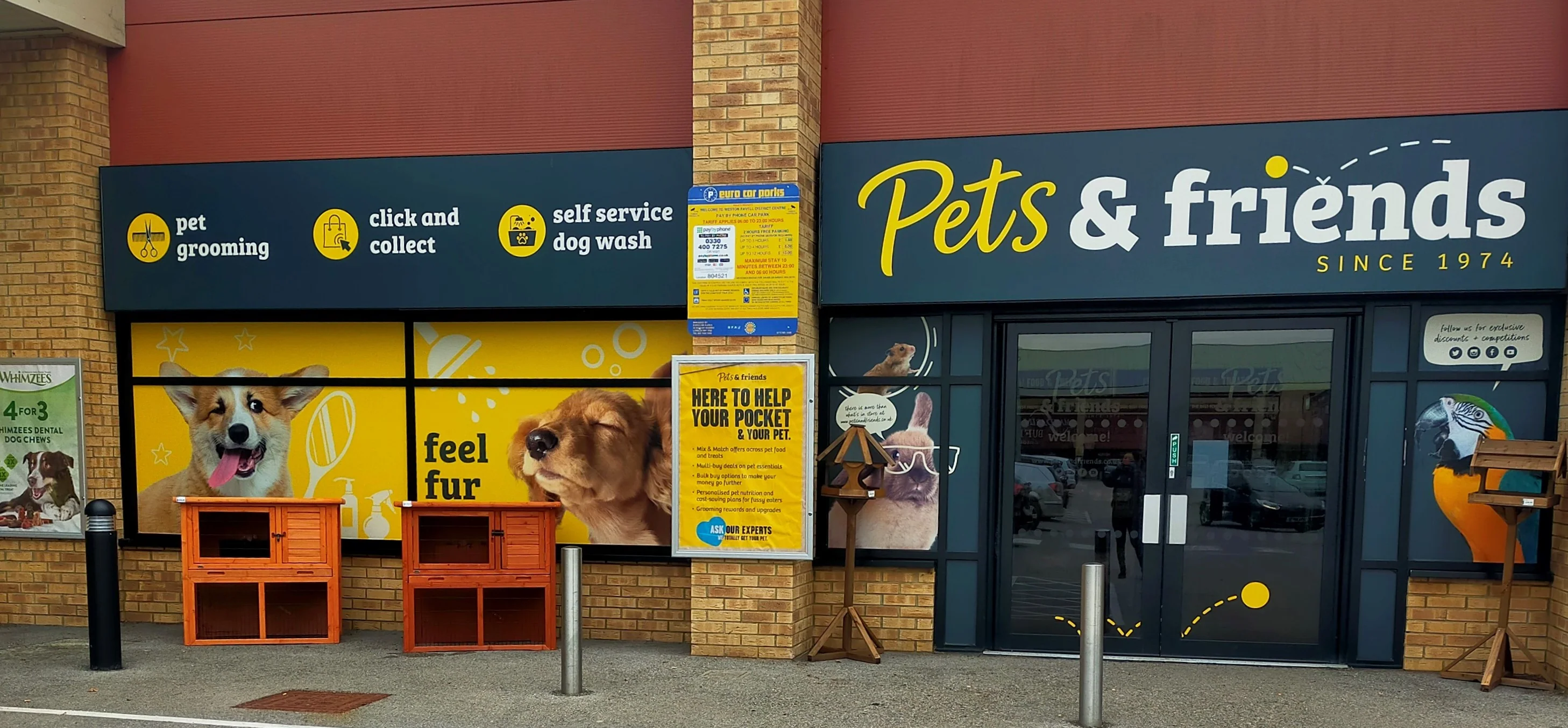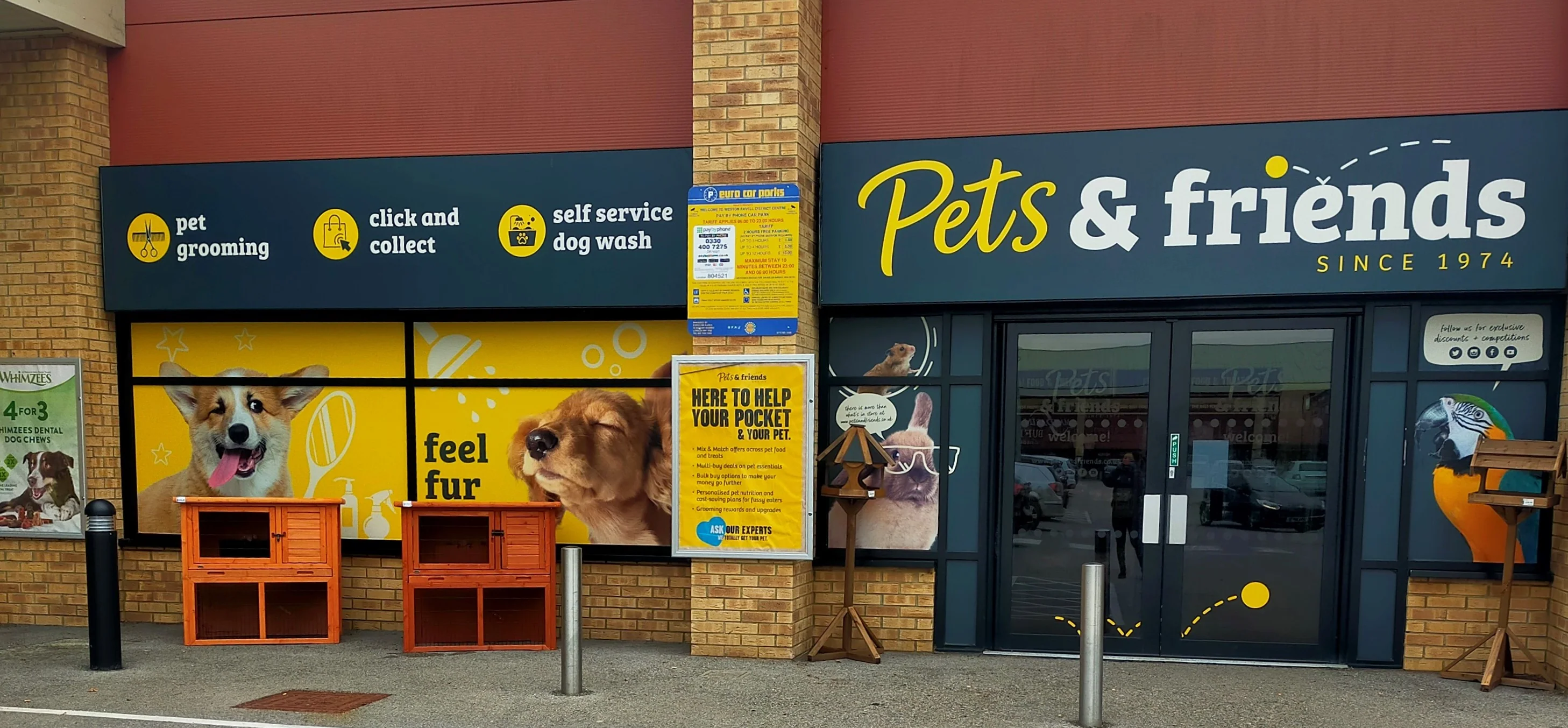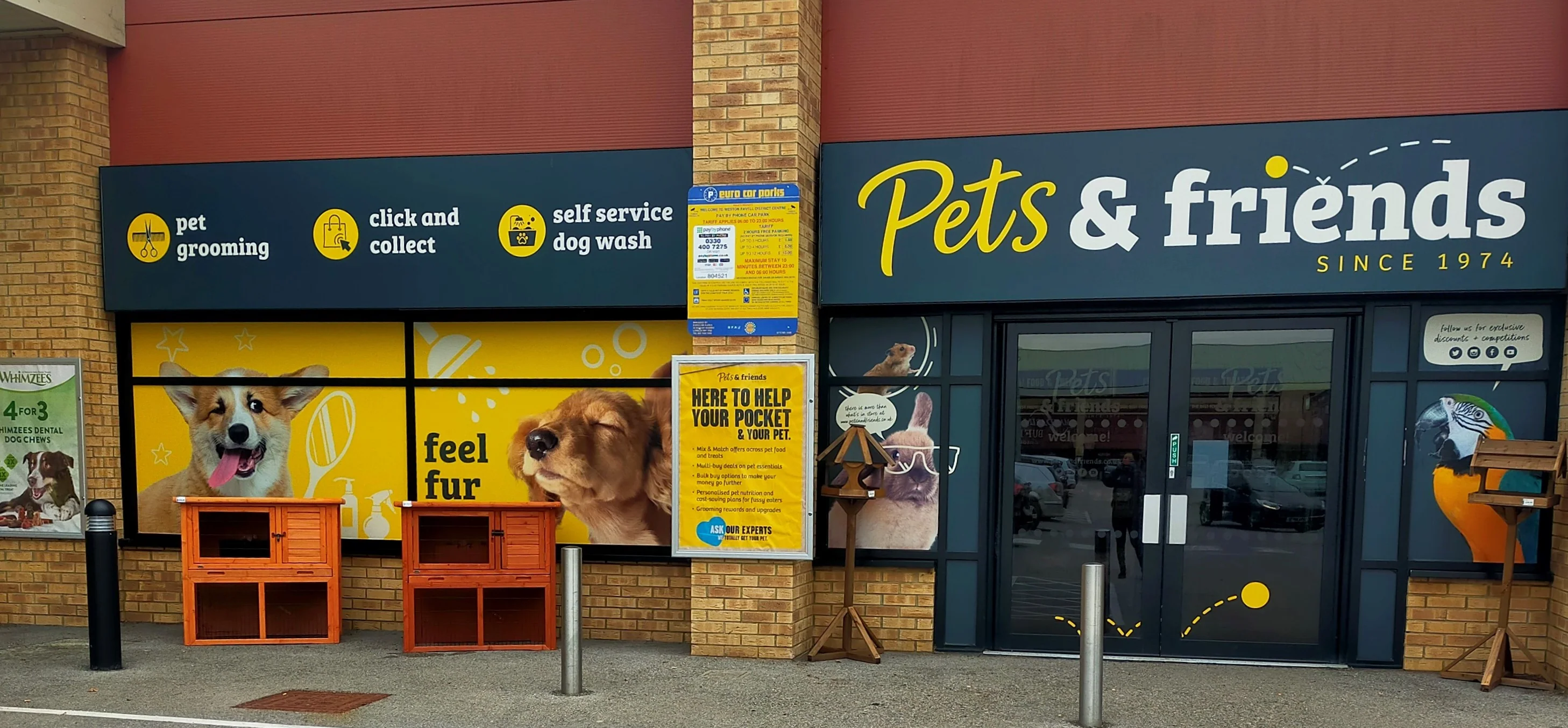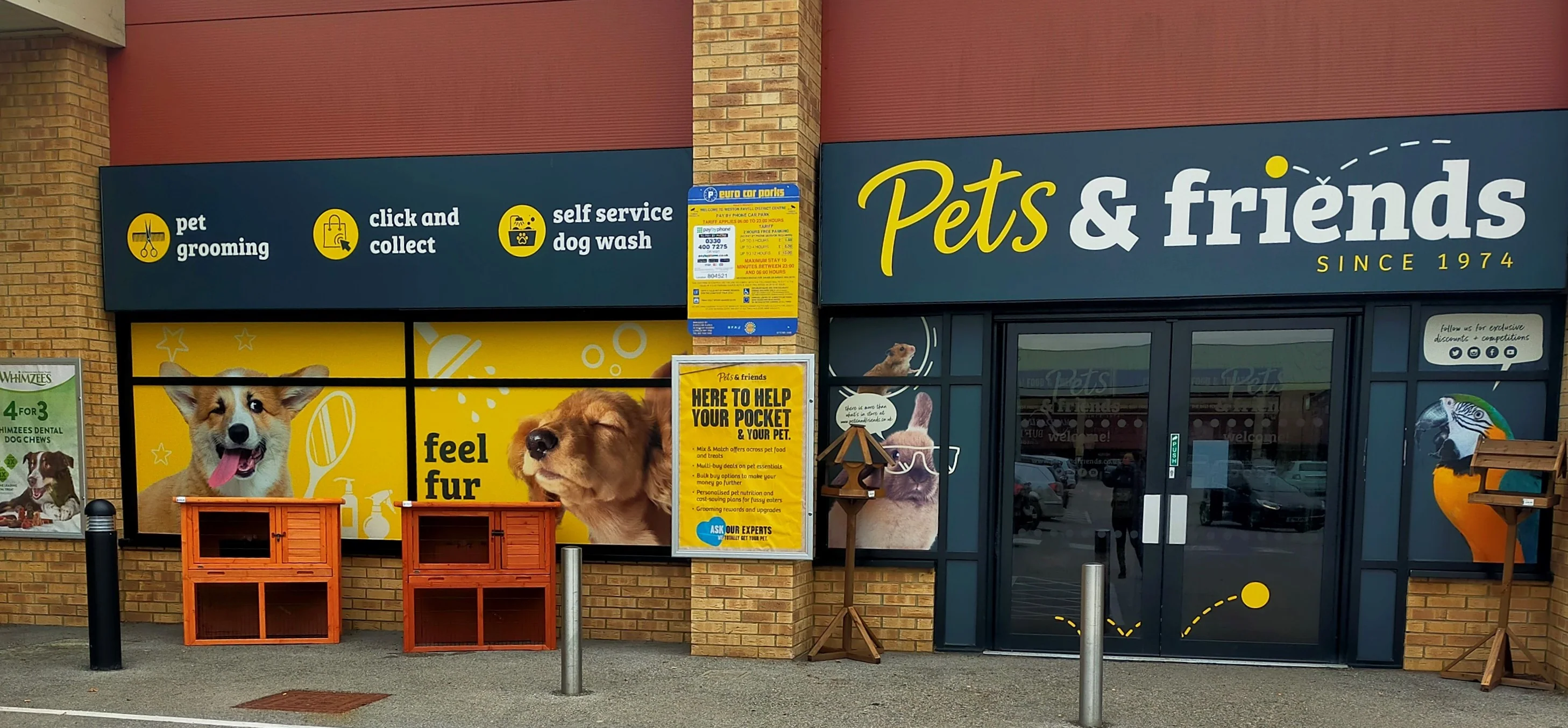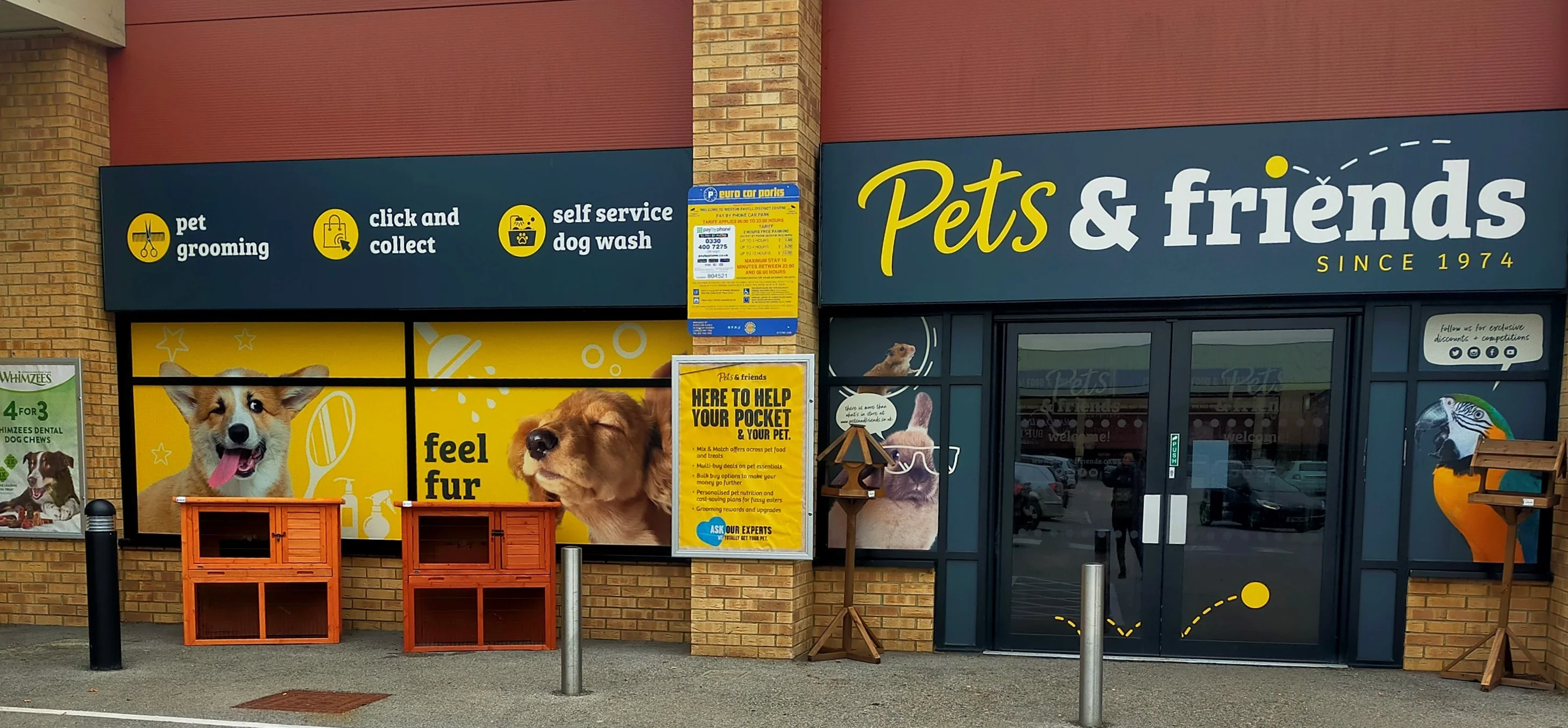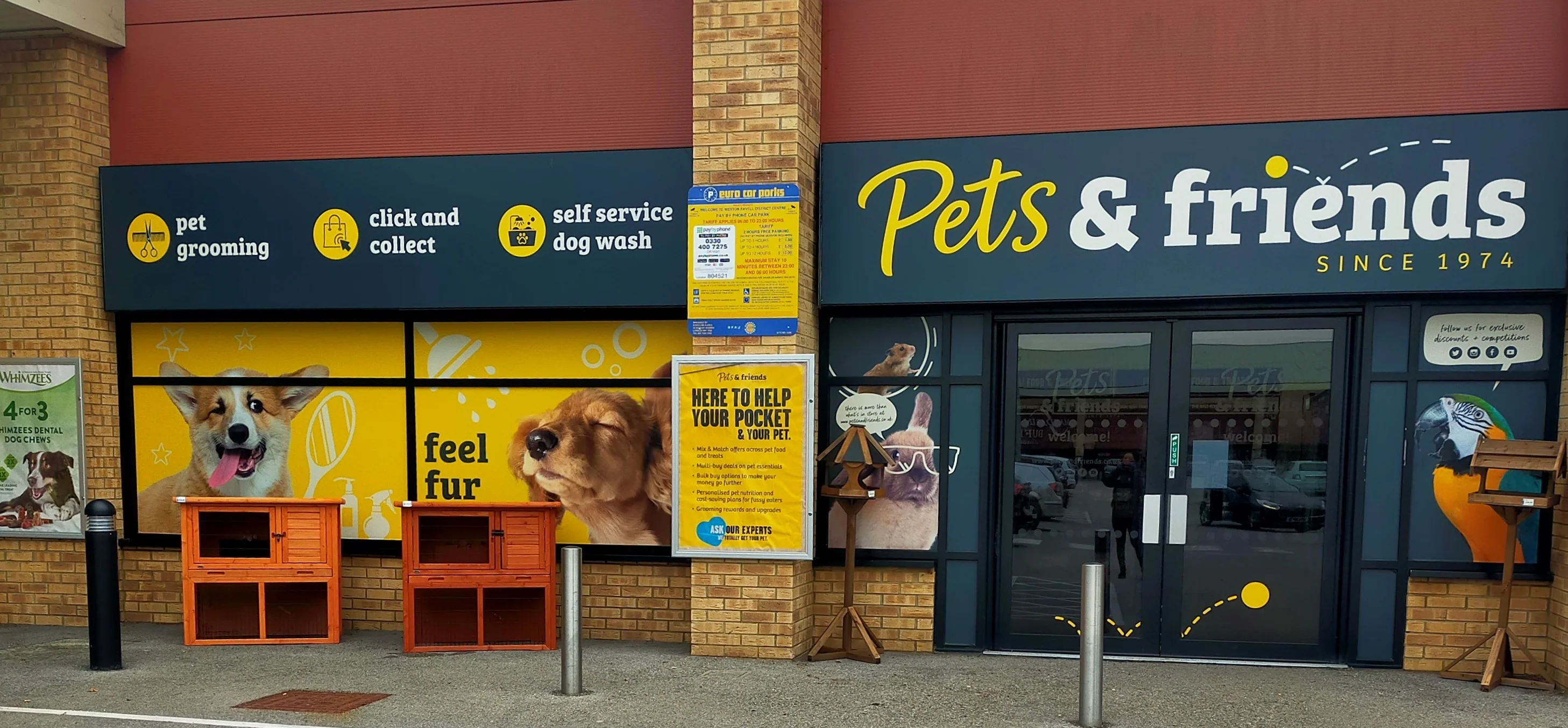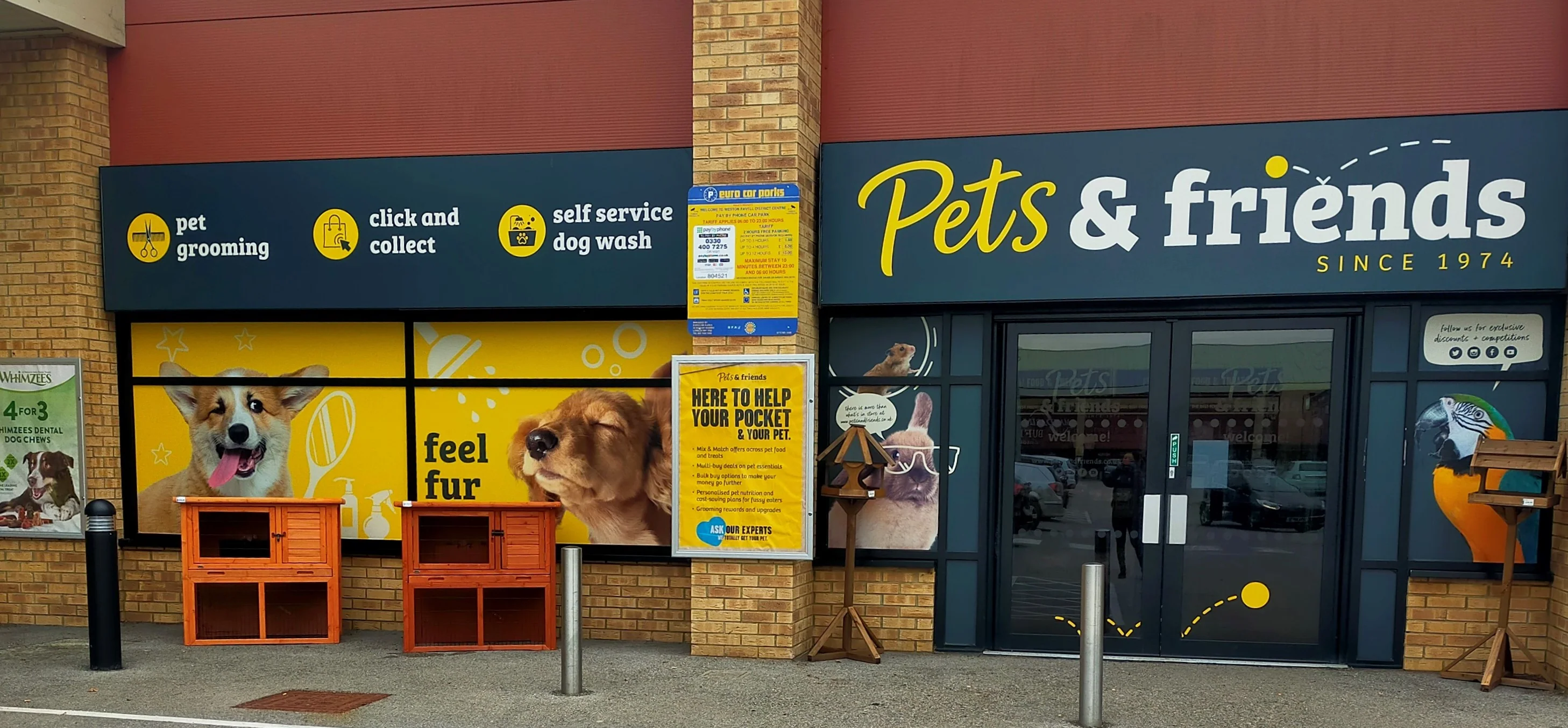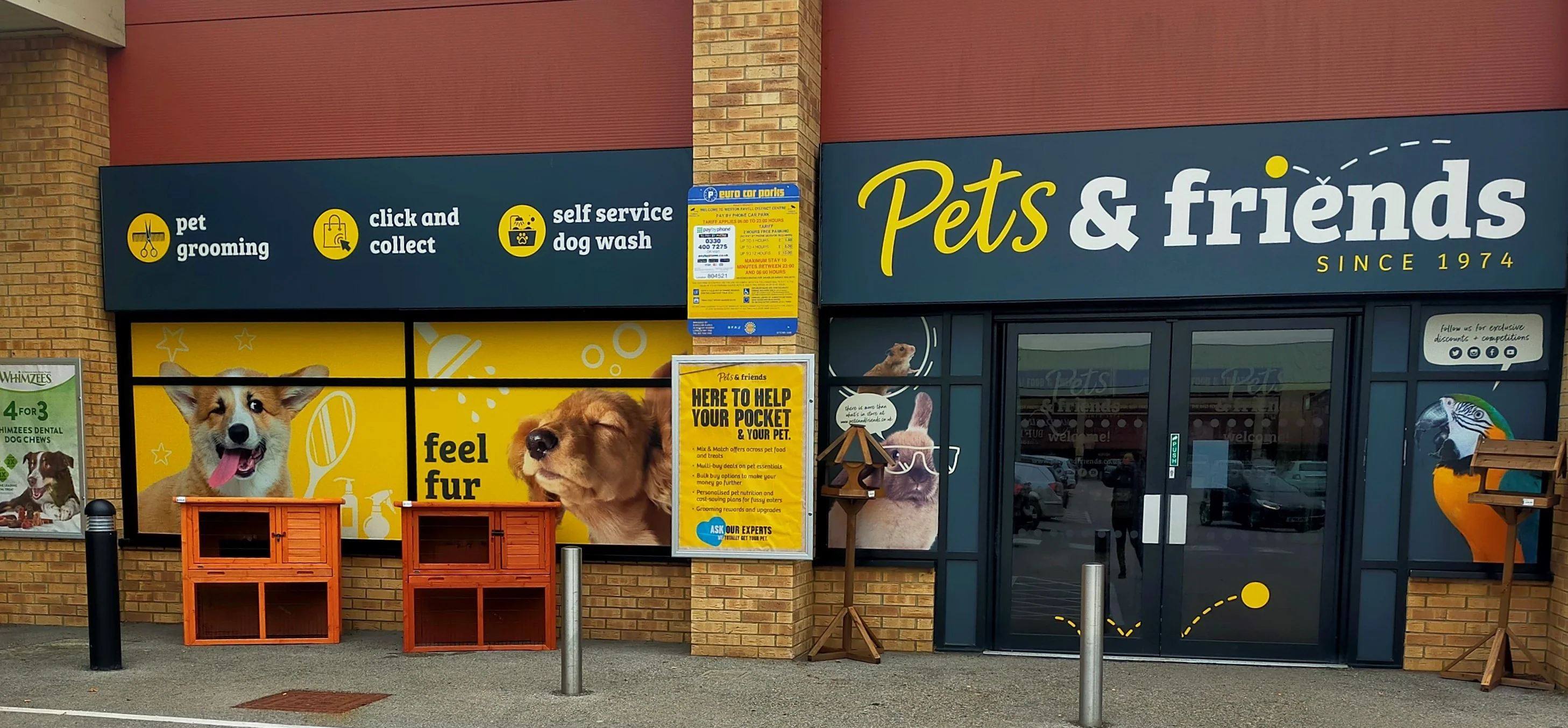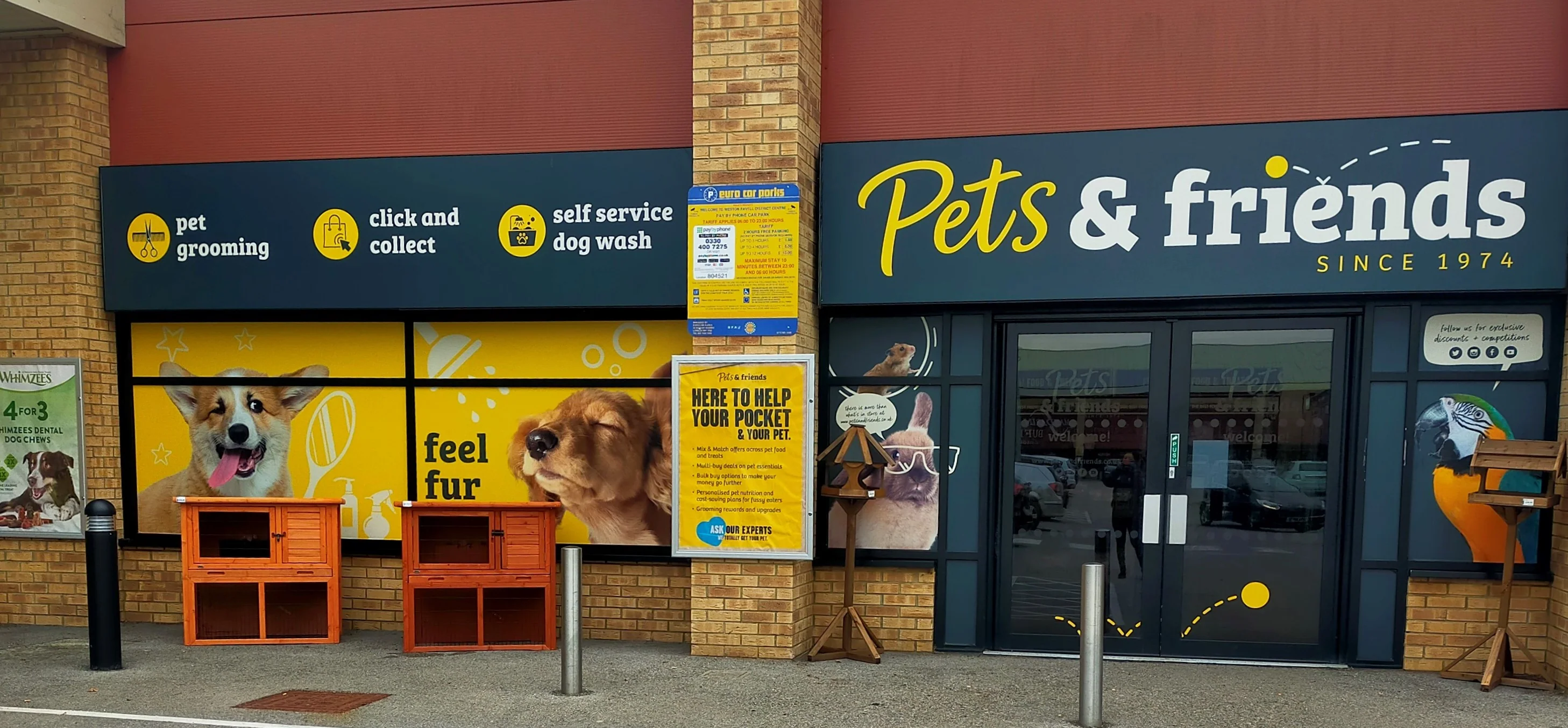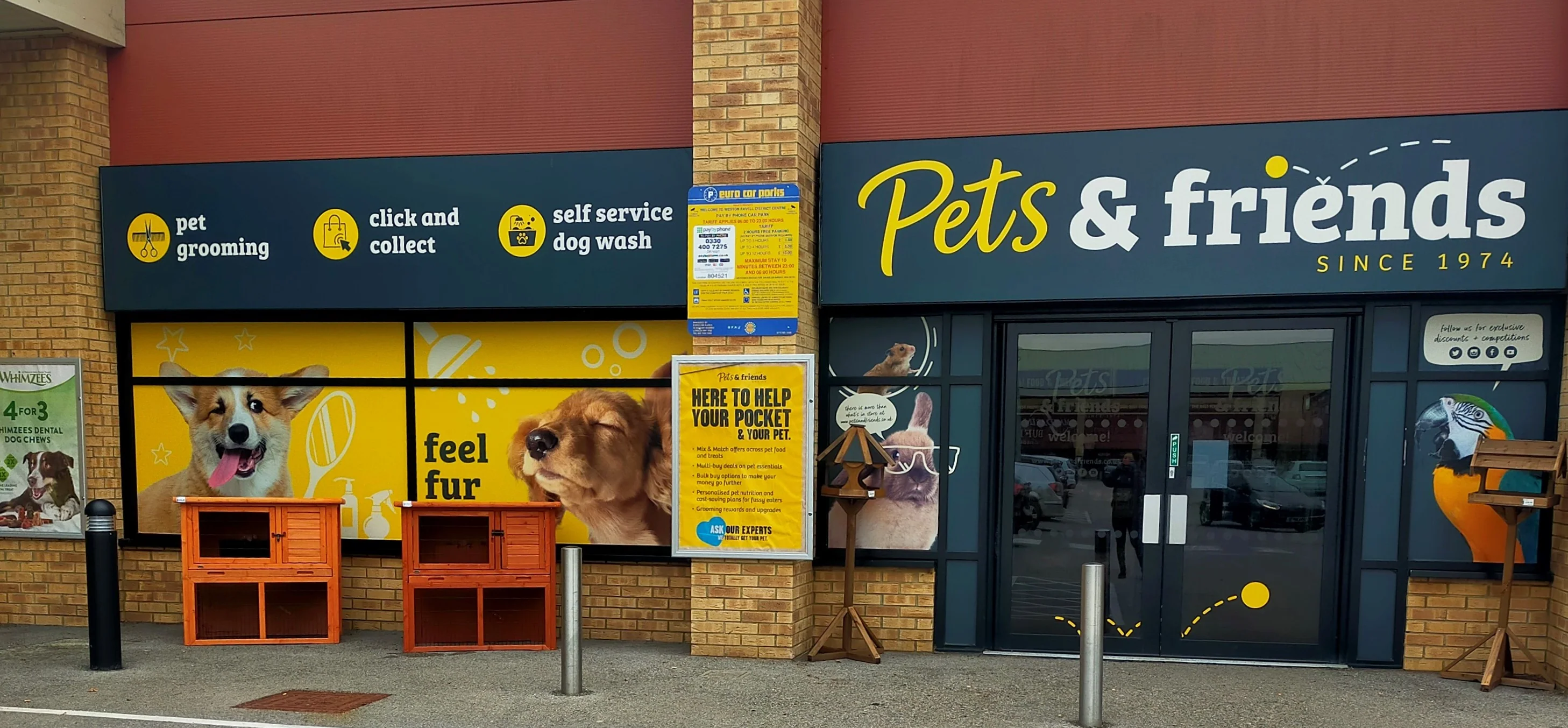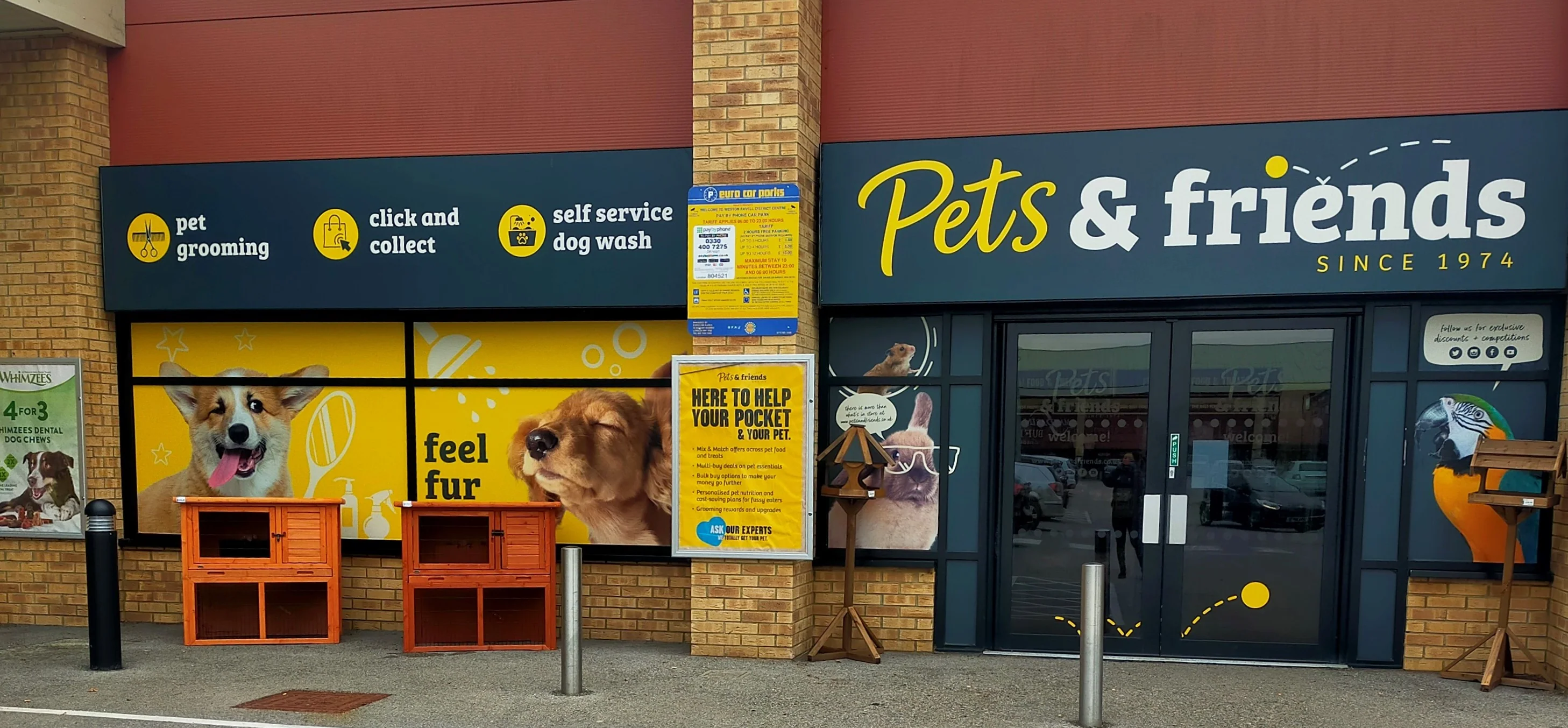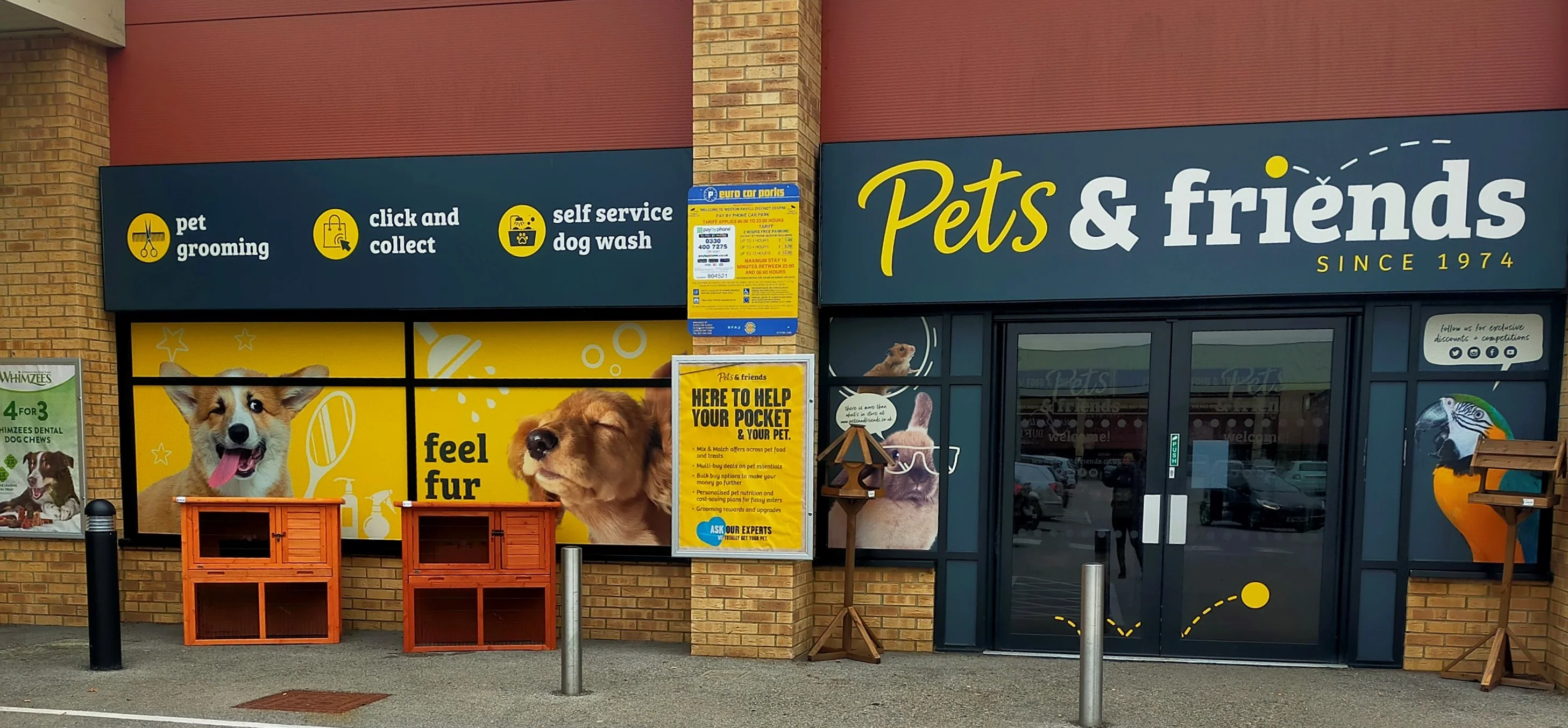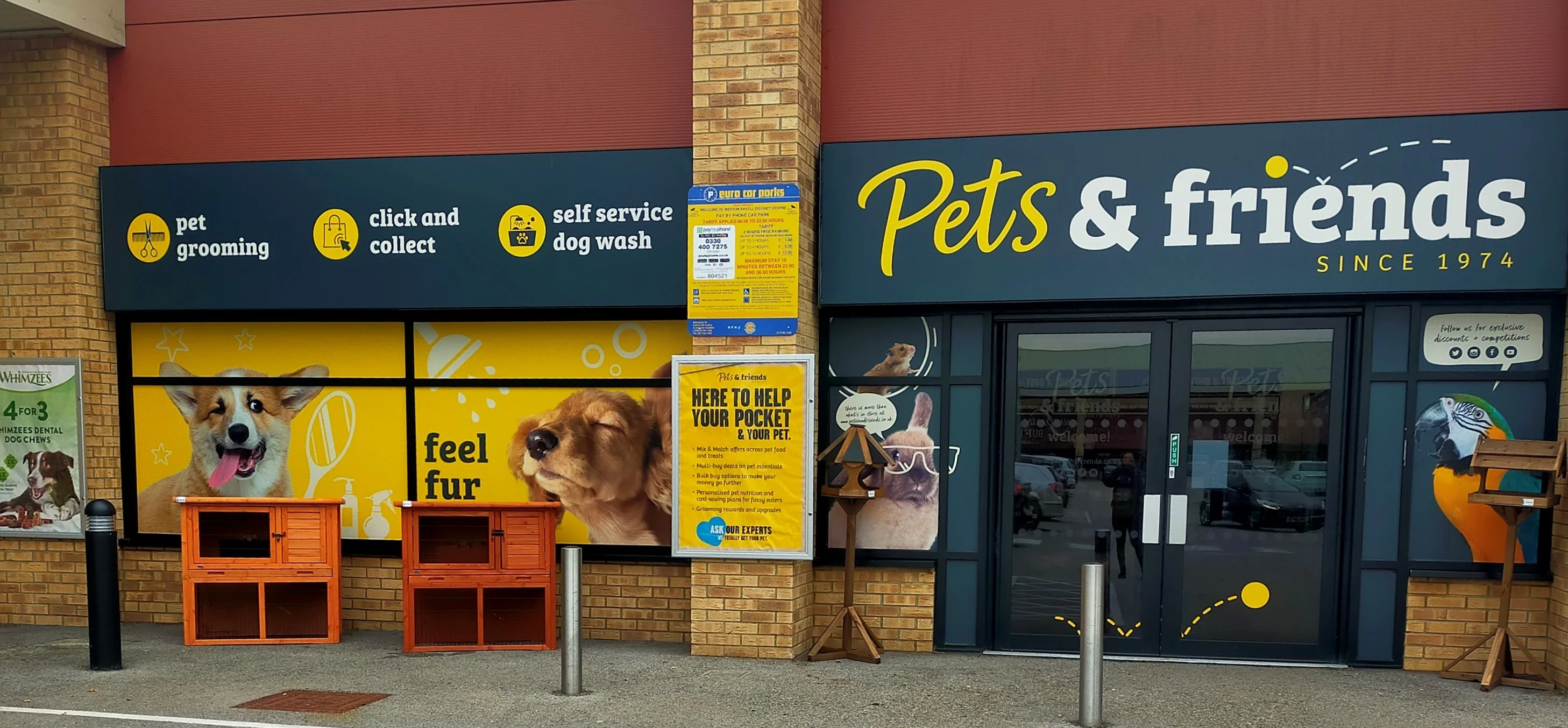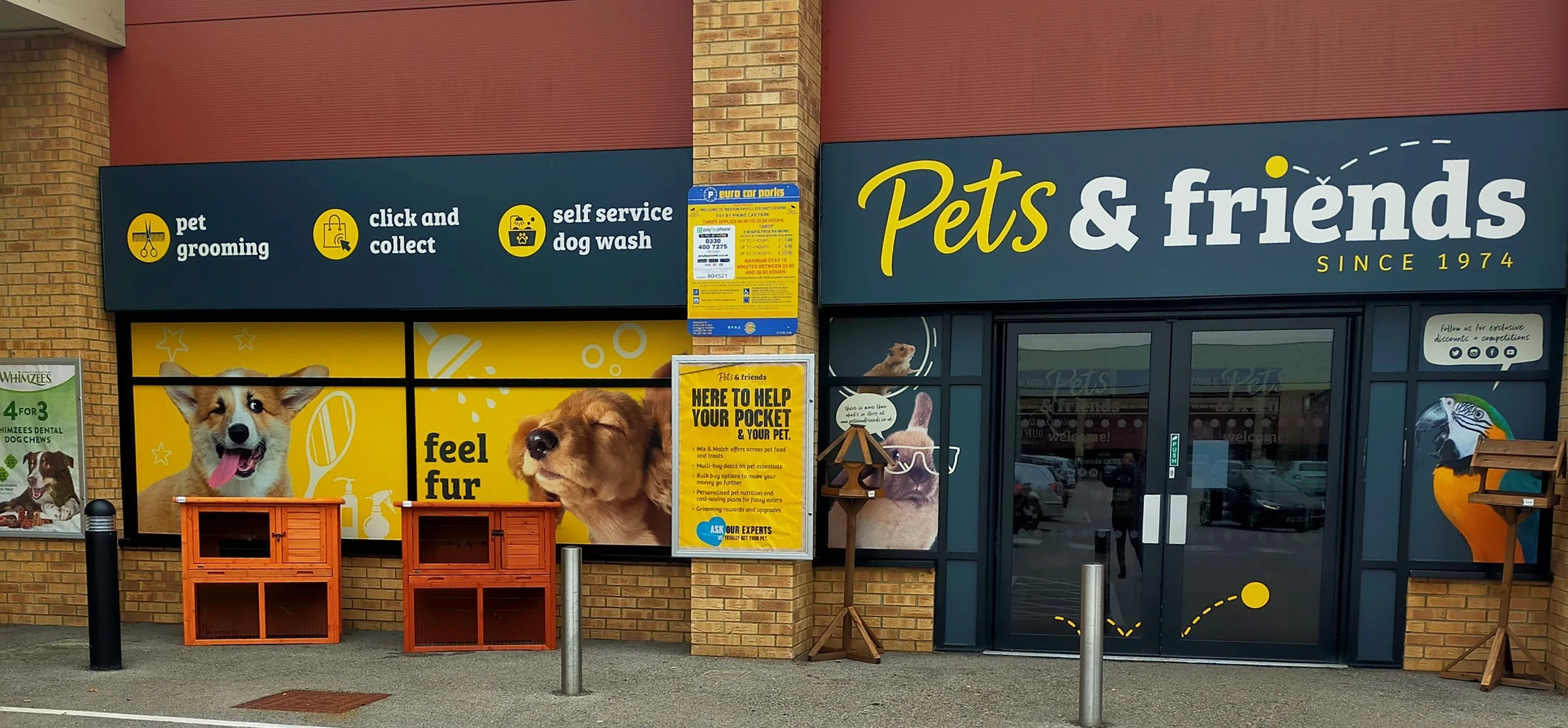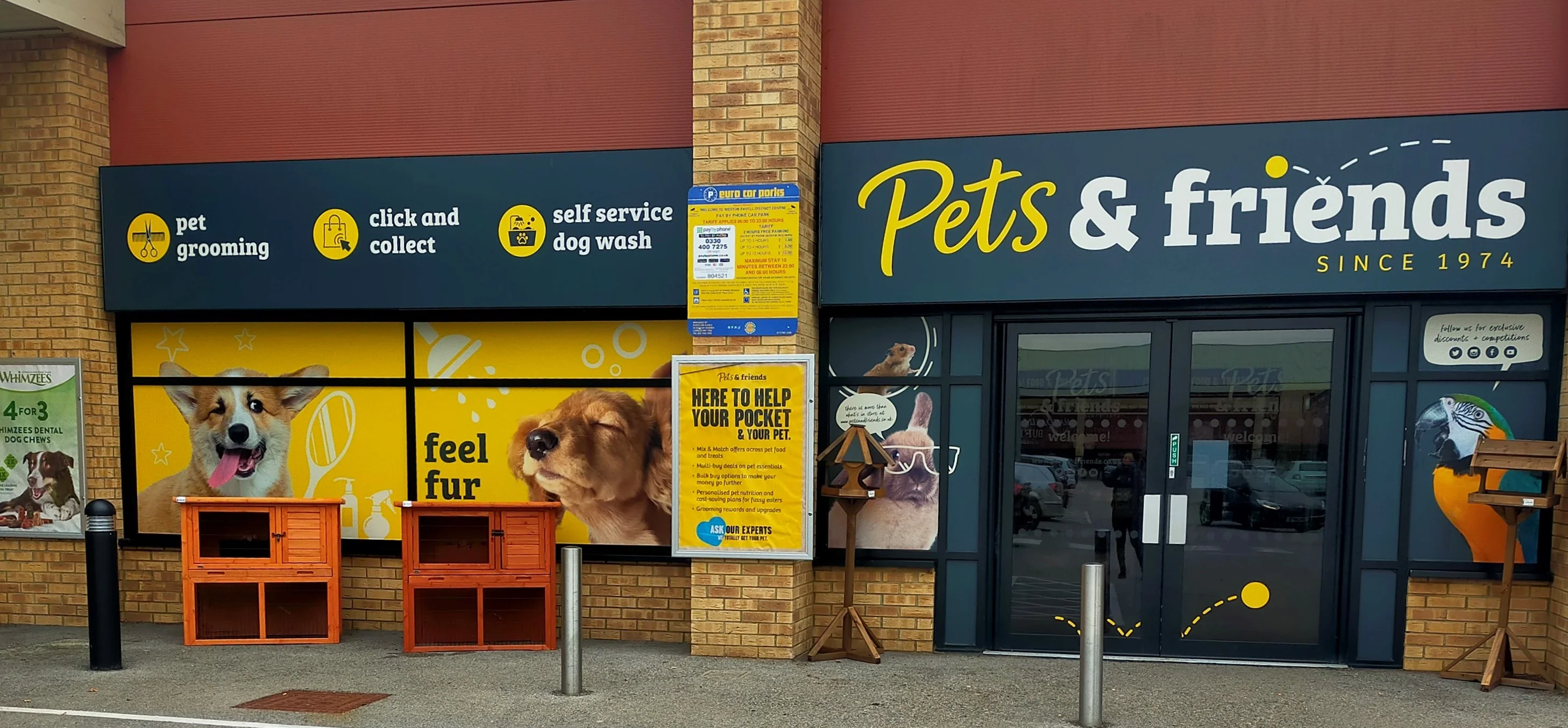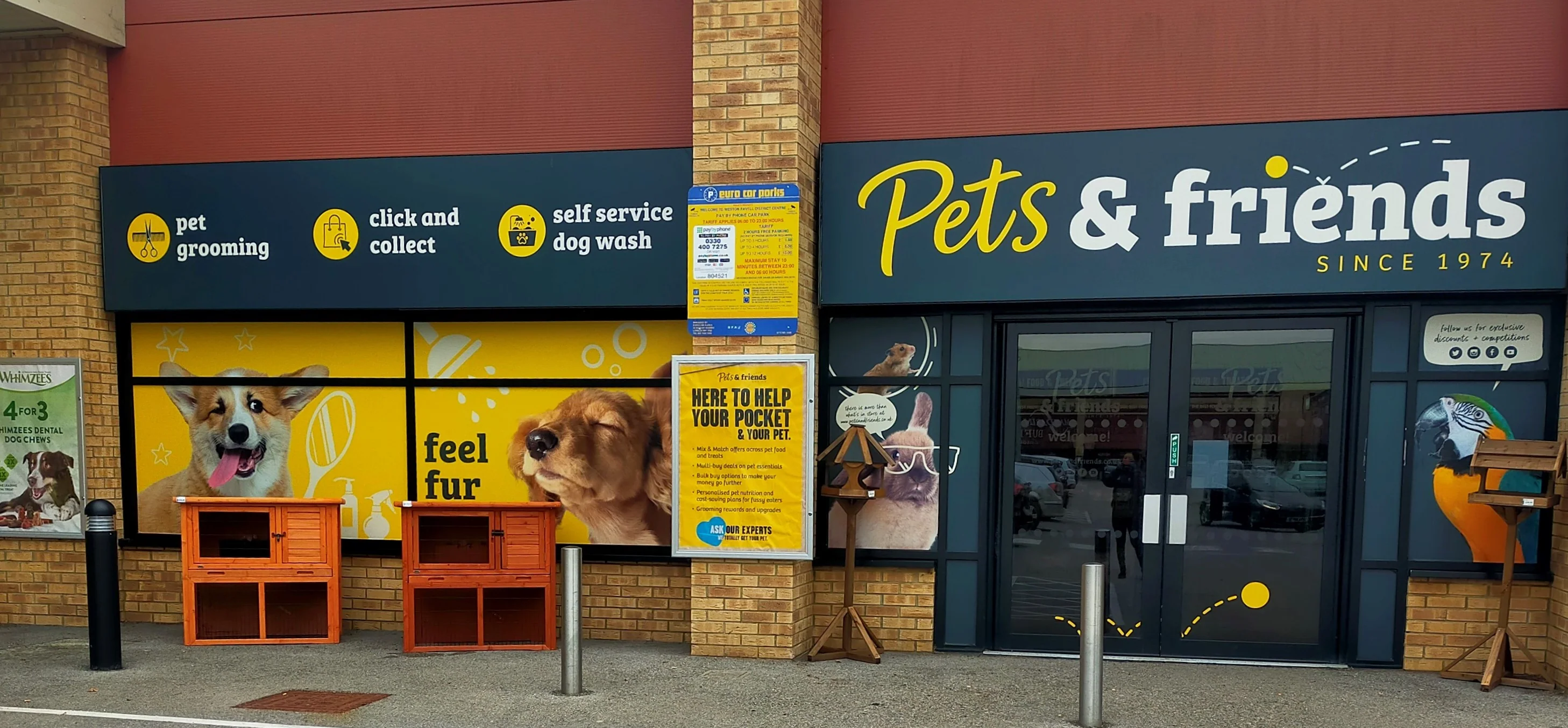Running a successful pet shop requires knowledgeable, well-trained staff who can handle animals safely, provide expert advice to customers, and maintain the highest standards of animal care. However, the training process itself presents unique risks that standard business insurance may not adequately cover. Pet shop training insurance provides essential protection during staff development, ensuring your business remains protected while your team learns the skills they need to excel.
Understanding Pet Shop Training Insurance
Pet shop training insurance is specialized coverage designed to protect businesses during employee training periods. This insurance recognizes that new or inexperienced staff members may be more likely to make mistakes while learning, potentially leading to animal injuries, customer accidents, or property damage. Unlike standard employers liability or public liability insurance, training-specific coverage addresses the heightened risks associated with the learning process.
Why Pet Shop Training Insurance is Essential
The pet retail industry involves numerous training-related risks that can result in significant financial losses. New employees must learn to handle various animals, from small mammals and birds to reptiles and fish, each requiring different techniques and safety protocols. During this learning period, the risk of accidents increases substantially.
Training insurance becomes particularly crucial when considering the potential consequences of training-related incidents. An inexperienced employee might accidentally allow an animal to escape, leading to property damage or injury to customers. Similarly, incorrect handling techniques could result in animal injury, leading to veterinary costs and potential legal action from distressed pet owners.
Key Coverage Areas
Professional indemnity coverage protects against claims arising from incorrect advice given by trainees. New staff members learning about pet care, nutrition, or product recommendations may inadvertently provide guidance that leads to pet health issues or customer dissatisfaction. This coverage ensures your business remains protected while staff develop their expertise.
Public liability protection covers incidents where trainees' actions result in customer injury or property damage. This might include situations where an inexperienced employee fails to properly secure an animal enclosure, leading to customer injury, or accidentally damages customer property while learning proper procedures.
Employers liability coverage addresses injuries to trainees themselves during the learning process. Pet shop training often involves hands-on experience with animals, cleaning procedures, and equipment operation, all of which carry inherent risks for inexperienced staff members.
Product liability protection covers situations where trainees incorrectly prepare or recommend products, leading to pet illness or injury. This coverage is particularly important when training staff on pet food preparation, medication administration, or the sale of specialized pet products.
Training-Specific Risks in Pet Shops
Animal handling represents the most significant training-related risk in pet shops. New employees must learn to safely handle various species, each with unique behavioral patterns and handling requirements. Inexperienced handling can result in animal stress, injury, or aggressive behavior, potentially leading to customer or staff injury.
Customer advice and consultation present another major risk area. Pet shop staff are often viewed as experts, and customers rely heavily on their recommendations for pet care, nutrition, and health matters. Trainees may inadvertently provide incorrect information, leading to pet health issues and subsequent liability claims.
Equipment operation and maintenance require careful training to prevent accidents and ensure animal welfare. From filtration systems and heating equipment to grooming tools and cleaning apparatus, improper use by trainees can result in equipment damage, animal injury, or staff accidents.
Health and safety compliance becomes more challenging during training periods. New staff must learn numerous regulations and procedures, from animal welfare requirements to health and safety protocols. Non-compliance during the learning process can result in regulatory penalties and increased liability exposure.
Choosing the Right Training Insurance Policy
When selecting pet shop training insurance, consider the scope of coverage required based on your specific training programs. Comprehensive policies should cover all aspects of your training process, from initial orientation through to advanced skill development. Ensure coverage extends to both formal training sessions and on-the-job learning experiences.
Policy limits should reflect the potential costs associated with training-related incidents. Consider the value of animals in your care, potential veterinary costs, and the possibility of business interruption while addressing training-related problems. Adequate coverage limits ensure your business can recover from significant incidents without financial hardship.
Deductible levels should balance premium costs with your business's ability to handle smaller claims. Higher deductibles reduce premium costs but require greater financial reserves to handle initial claim costs. Consider your cash flow and risk tolerance when selecting appropriate deductible levels.
Integration with Existing Insurance Coverage
Pet shop training insurance should complement, not replace, your existing business insurance coverage. Work with your insurance provider to ensure seamless integration between training coverage and your standard business insurance policies. This prevents coverage gaps and ensures comprehensive protection across all business activities.
Consider how training insurance interacts with your employers liability, public liability, and professional indemnity coverage. Some policies may include training-related coverage as standard, while others require specific endorsements or separate policies. Understanding these relationships helps optimize your overall insurance program.
Best Practices for Training Risk Management
Implementing comprehensive training protocols reduces risk exposure and may lead to reduced insurance premiums. Develop structured training programs that progress logically from basic concepts to advanced skills, ensuring trainees are never placed in situations beyond their current competency level.
Documentation plays a crucial role in training risk management. Maintain detailed records of training progress, competency assessments, and safety protocols. This documentation demonstrates due diligence in the event of claims and helps identify areas where additional training may be required.
Supervision ratios should reflect the experience level of trainees and the complexity of tasks being performed. Higher-risk activities require closer supervision, while experienced trainees may require less direct oversight. Establishing clear supervision guidelines helps prevent incidents and ensures consistent training quality.
Cost Considerations and Premium Factors
Training insurance premiums vary based on numerous factors, including the size of your business, the number of trainees, and the types of animals handled. Businesses with comprehensive training programs and strong safety records typically qualify for more favorable rates.
The duration and intensity of training programs affect premium calculations. Longer training periods or programs involving higher-risk activities may result in increased premiums. However, comprehensive training that reduces long-term risk exposure may ultimately lead to lower overall insurance costs.
Claims history significantly impacts premium rates. Businesses with frequent training-related claims face higher premiums, while those with clean claims records benefit from reduced rates. Investing in quality training programs and risk management practices helps maintain favorable premium rates over time.
Legal and Regulatory Considerations
Pet shops must comply with numerous regulations regarding animal welfare, staff training, and customer safety. Training insurance helps protect against penalties and legal action resulting from regulatory non-compliance during the learning process. Understanding your legal obligations helps ensure adequate insurance coverage.
Employment law considerations affect training insurance requirements. Businesses must provide safe working environments for trainees while ensuring adequate protection against training-related injuries. Training insurance helps meet these legal obligations while protecting business interests.
Consumer protection regulations require businesses to provide accurate information and safe products to customers. Training insurance protects against claims arising from trainee errors that result in consumer harm or dissatisfaction.
Claims Management and Support
Effective claims management begins with immediate incident reporting and documentation. Train staff to recognize potential claim situations and implement clear reporting procedures. Quick response to training-related incidents helps minimize damage and demonstrates professional handling of problems.
Insurance providers often offer risk management support and training resources to help prevent claims. Take advantage of these services to improve your training programs and reduce risk exposure. Many insurers provide industry-specific guidance that can enhance your existing training protocols.
Future Considerations and Industry Trends
The pet industry continues to evolve, with new products, services, and regulations regularly emerging. Ensure your training insurance coverage adapts to these changes, providing protection for new training requirements and emerging risks. Regular policy reviews help maintain adequate coverage as your business grows and changes.
Technology integration in pet shops creates new training requirements and associated risks. From point-of-sale systems to animal monitoring equipment, staff must learn to operate increasingly sophisticated technology. Ensure your training insurance covers technology-related training risks.
Frequently Asked Questions
What does pet shop training insurance cover?
Pet shop training insurance covers incidents that occur during employee training periods, including animal handling accidents, customer injuries caused by trainees, property damage, and liability claims arising from incorrect advice given by staff in training.
Is training insurance different from regular business insurance?
Yes, training insurance specifically addresses the heightened risks associated with inexperienced staff learning new skills. While regular business insurance covers general operations, training insurance focuses on the increased likelihood of accidents during the learning process.
How much does pet shop training insurance cost?
Costs vary based on business size, number of trainees, types of animals handled, and training program duration. Businesses with comprehensive safety protocols and good claims history typically receive more favorable rates.
Do I need training insurance if I have employers liability coverage?
While employers liability covers staff injuries, training insurance provides broader protection including customer injuries, property damage, and professional indemnity claims specifically related to training activities. Both coverages complement each other.
How long should training insurance coverage last?
Coverage should extend throughout the entire training period, from initial orientation through to full competency achievement. Some policies offer flexible terms that can be adjusted based on individual training progress.
What animals require specialized training insurance consideration?
All animals present training risks, but exotic pets, large birds, reptiles, and any animals with specific handling requirements may need additional coverage consideration due to their unique care needs and potential for injury.
Can training insurance help with regulatory compliance?
Yes, training insurance can protect against penalties and legal action resulting from regulatory non-compliance during staff learning periods, helping businesses maintain standards while staff develop competency.
What documentation is required for training insurance claims?
Maintain detailed training records, incident reports, competency assessments, and safety protocols. This documentation demonstrates due diligence and supports claims processing when incidents occur.
Does training insurance cover online or remote training?
Coverage typically focuses on hands-on training activities where physical risks are present. Online training components may have different risk profiles and coverage requirements that should be discussed with your insurer.
How does training insurance integrate with existing policies?
Training insurance should complement existing business insurance without creating coverage gaps. Work with your insurance provider to ensure seamless integration between all policies covering your business operations.
Conclusion
Pet shop training insurance provides essential protection during one of the most vulnerable periods in your business operations. By investing in comprehensive training coverage, you protect your business, staff, and customers while ensuring your team develops the skills needed for long-term success. The relatively modest cost of training insurance pales in comparison to the potential financial impact of training-related incidents.
Consider training insurance as an investment in your business's future rather than simply another expense. Quality training programs supported by appropriate insurance coverage create a foundation for sustainable growth and success in the competitive pet retail market.
For expert advice on pet shop training insurance and comprehensive commercial insurance solutions, contact Insure24 at 0330 127 2333 or visit www.insure24.co.uk


 0330 127 2333
0330 127 2333

